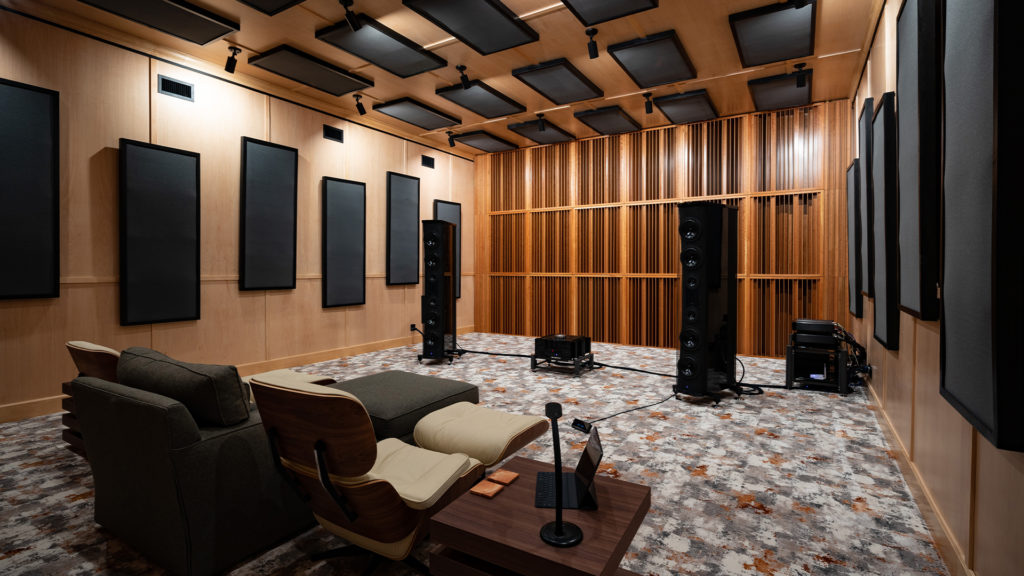
At Acoustic Fields, we take sound seriously. We focus on three areas of sound. We focus on voice and music along with their distant cousin noise. Voice and music are different from noise. You must use different technologies when treating voice and music than you use for noise transmission. Voice and music are special. At Acoustic Fields, we do many project types. https://www.cousticfields.com/about/ We can treat existing rooms and we also build new facilities from the ground up. If you have an existing room, we can analyze and treat. Around 60% of our clients fall into this category. The other 40% are those that have finally decided to build what they have always wanted instead of constantly trying to fix the issues of an existing room. You want to build a new room from the ground up, we can also assist you. The nice thing about building a new room is that you can choose the proper width, height, length ratio that minimizes the acoustical issues that we must treat with absorption/diffusion. Don’t forget about noise transmission in your existing room or a new project. Noise can ruin even the best of sonic intentions. Noise that leaves your room when you are in the room working or listening to music and starts to bother others is never welcome. Noise from others bothering you is the worse of those two paradigms. Noise transmission can and must be managed in all critical listening rooms. Let’s take a look at some new builds and retrofits with treatment so you can see the applied design process.
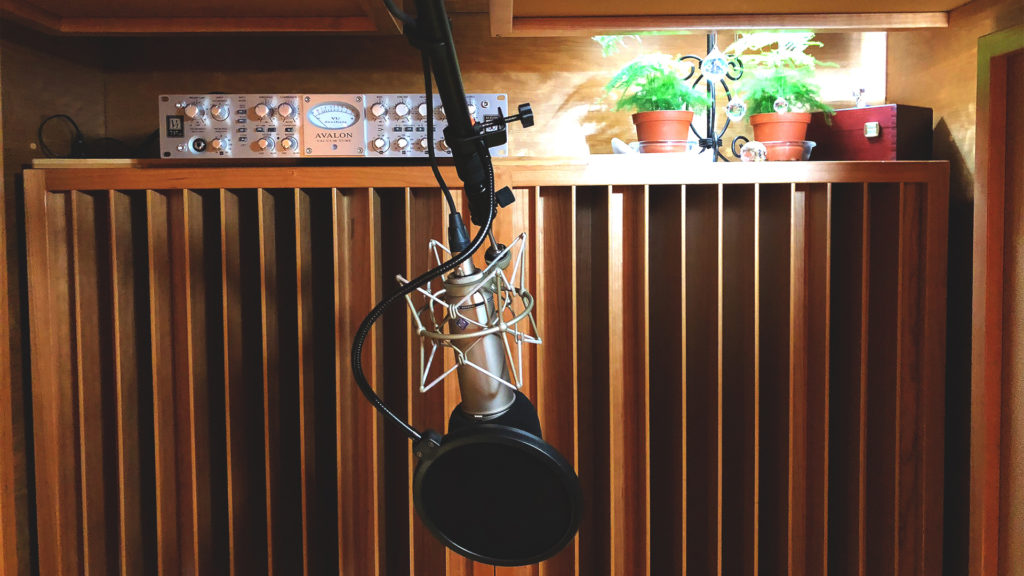
Vocal rooms are rooms that have only one instrument. The instrument is the human voice. The human voice is an instrument. When you are designing and building a vocal room to record music and voice, you must look at many variables. The first is the noise that will be around the area where the vocal room will be placed. In a vocal room, you must keep as much outside noise outside of your vocal room. noise from outside your room sources must be measured and treated in the voice room wall construction. https://en.wikipedia.org/wiki/Acoustic_transmission In the inside of our voice room, all we want to hear is voice, not voice mixed with noise. If our vocal room is quiet, then we speak softer and quieter because we hear more of ourselves or others. This happens with drummers all the time. If the drum room is well balanced through proper treatment and overall room acoustic resolution is higher then they hear more and “turn” down. They play louder so they can hear more. More sound energy is more room distortion. If we keep the noise outside where it belongs and our voice room is quiet, resolution, definition, and timbre will improve dramatically.
Brenda’s studio had a noise issue. This room was on the twenty-third floor downtown San Diego along the jet glidepath. We measured the noise frequency and amplitudes and designed the proper wall barrier which was built on the site. The interior vocal room was small for a female voice. We made it sound larger to the microphone by using a balance of absorption and diffusion. We used absorption to manage the reverberation times within the room and then added diffusion was all was balanced through absorption in the room. Once you have used absorption to achieve the proper level of definition and tone you wish to achieve, you are now ready for diffusion. Diffusion will act as a magnifying glass and make your small room sound larger. It will also highlight the areas within the room that you did not treat effectively. Diffusion can be a blessing if you have done your homework. It can make your room sound worse if you did not. You must also be careful when choosing the correct prime number sequence to use for diffusion within a vocal room. Care must be taken so that the lowest wavelength represented within the diffusers frequency response has enough distance between diffuser and microphone to be able to fully form itself. https://www.acousticfields.com/quadratic-diffusion-diffused/
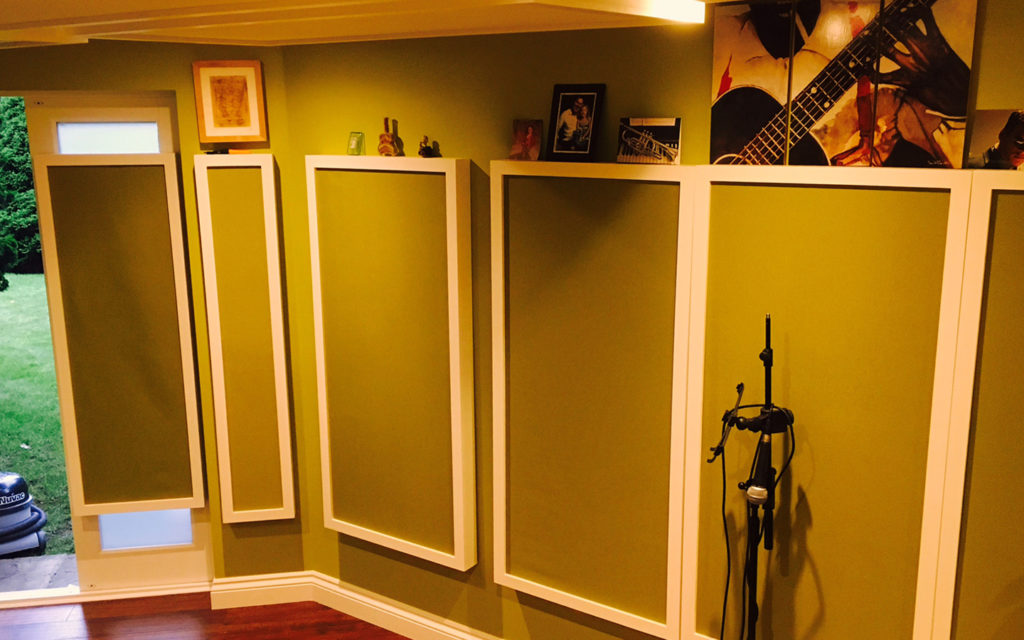
When we are treating small critical listening rooms, we must focus on the low-frequency management first and foremost. If we do not get the low end correct, we will never be able to have a middle range that we can work with accurately. One we get the low frequencies under control, we can then focus on the middle and high frequency issues. There are two treatment types that we can use to treat middle and high frequency issues. We can use absorption or diffusion or a combination of both. Absorption can be used on every room boundary surface. Diffusion must focus on certain wall surface areas depending on the usage of the room. In this photo, we see that our foam technology is positioned across the majority of the offending wall surface area. This is a standard application with the area coverage. You must treat at least 70% of most wall surface areas to have an impact on the middle and high frequency issues that control rooms and mix rooms require. There are many fabric options for these panel types and you can even choose a wood finish. https://www.guilfordofmaine.com/acoustic

The standard room interior material type has always been drywall. It has been the go to room “skin” for audio rooms for decades. That must change. Drywall has a negative impact on middle range frequencies. It produces spatial irregularities in frequency response from 800 – 2,000 Hz. One can see the attraction. Drywall is cheap. Most of the time in material types that are involved in acoustics what cost nothing is worth nothing. Wood will produce a better tonal balance for middle range frequencies in any critical listening environment. We have tested many wood types and find that cherry has the best tonal qualities for middle range frequencies. It produces a “warmth” in the middle range frequency area that drywall can not achieve. With acoustical treatment, there is no free ride and wood will increase reverberation times, so extra middle and high frequency absorption will have to be used. This is a small tradeoff considering the benefits in frequency response that wood produces.
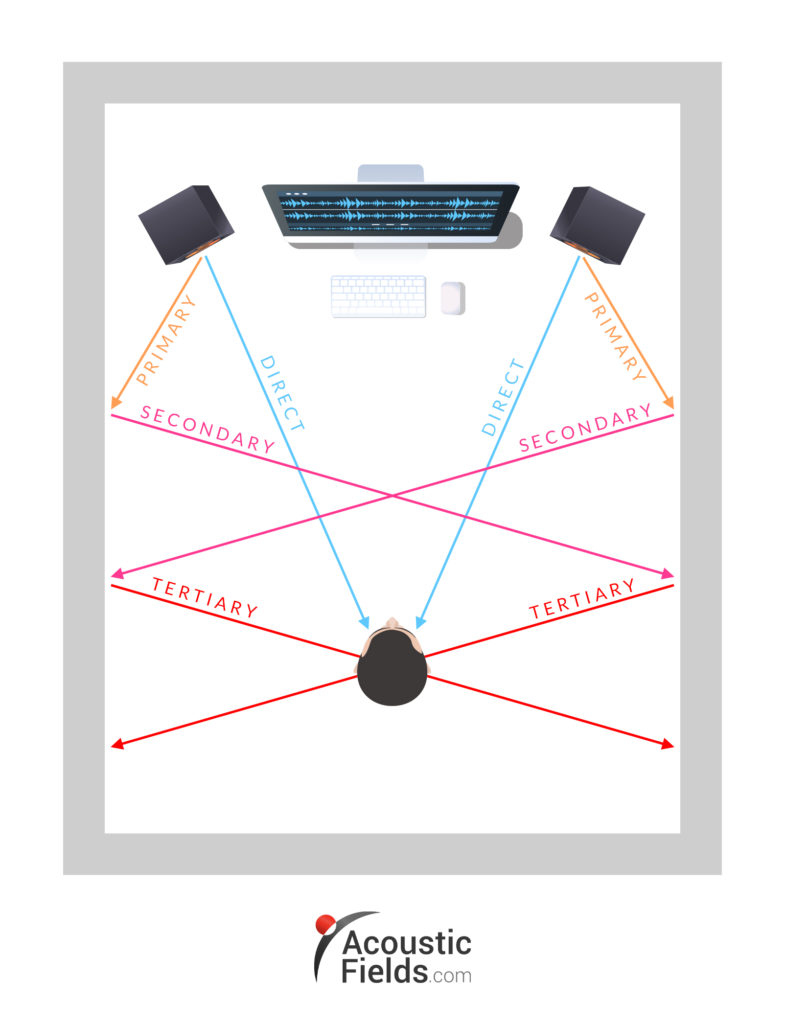
Reflections from the sidewalls must be managed in any critical listening environment. With two channel systems, we must always be concerned with three types of reflections. We have the primary reflection which emanates from the speaker and strikes the closet boundary surface. Let’s call this reflection the primary. The right channel energy strikes the right sidewall and produces a primary reflection. The primary reflection then travels across the room and strikes the opposite wall and then when this occurs becomes a secondary reflection. The secondary reflection then travels across the room back to its original wall of origin. This reflection is called tertiary. These three reflections are critical in the management of soundstage creation, center image focus, and image definition. The time signature of each of these three reflections must be managed using the proper rate and level of absorption for music and voice. Stay away from building insulation type products. They lack the proper rate and level of absorption to deal with music and voice. Music and voice are special and do not respond well to treatments used for noise.


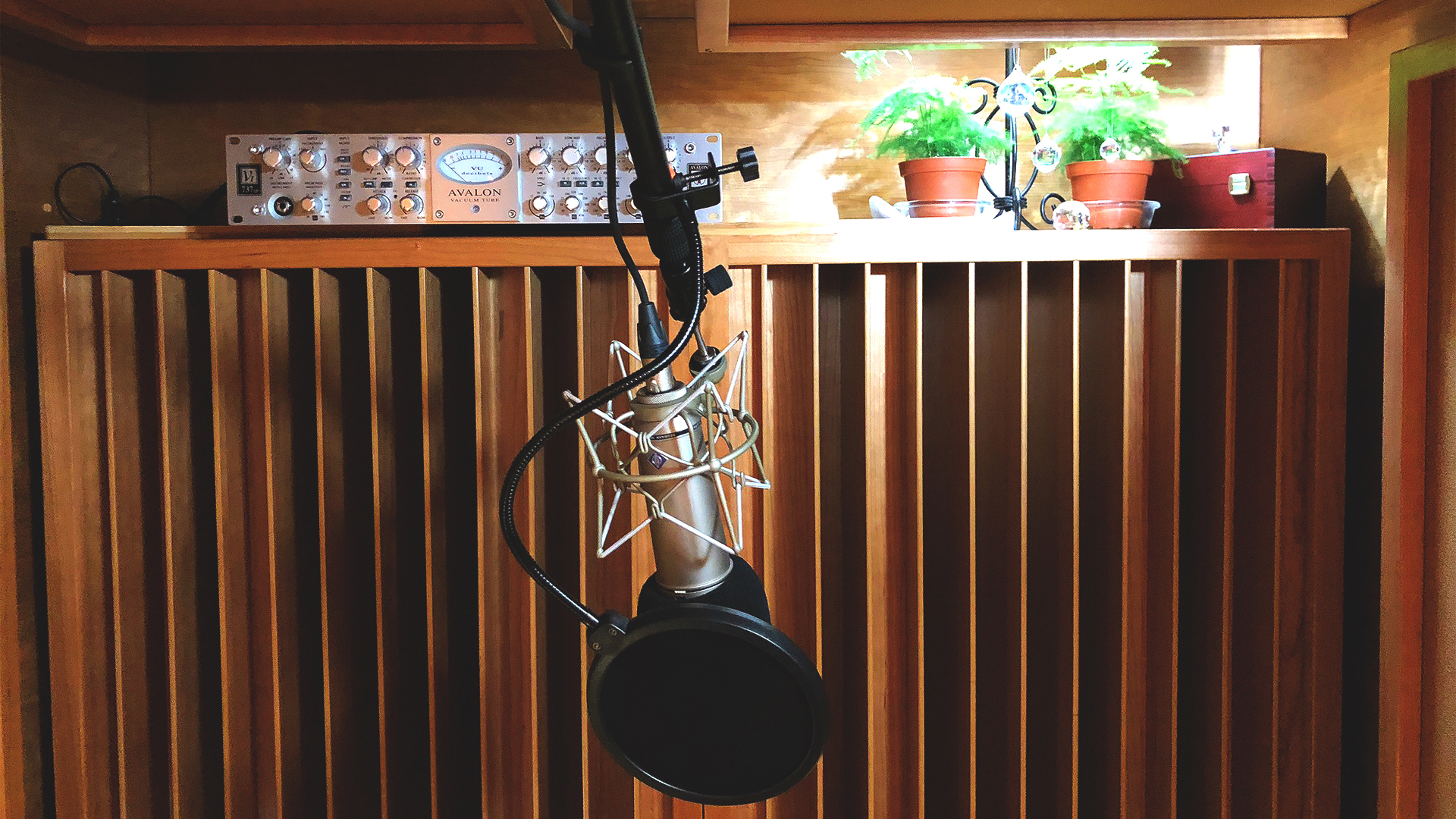





Shhhhhhh. I have tinnitus, the room having my stereo is too small, so I turn it up and have a beer, and listen to Miles Davis or Tom Waits..
I will need to study a while..thank you for the wisdom..
You are welcome.